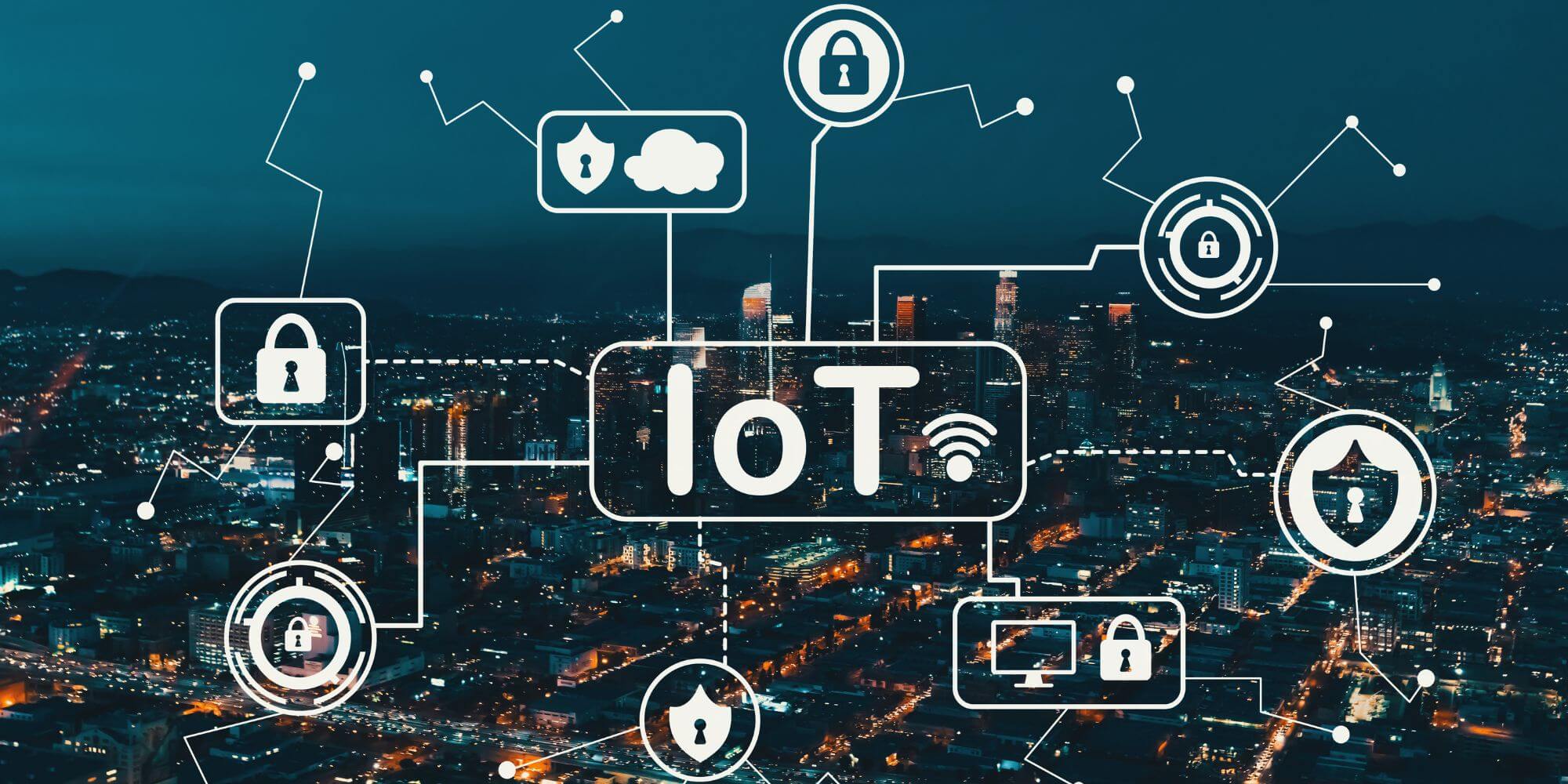
How IoT Works
At its core, IoT enables everyday objects to send and receive information through wireless communication. These devices are equipped with sensors and actuators that monitor real-world conditions like temperature, motion, light, or humidity. The data gathered is then transmitted to cloud platforms or other connected systems, where it can be analyzed, used to trigger automated actions, or provide insights for decision-making.
For example, a smart thermostat learns a household’s routines and adjusts temperatures accordingly, saving energy. In agriculture, IoT sensors monitor soil moisture and climate conditions to optimize irrigation and crop yields.
Applications of IoT
The applications of IoT span across nearly every industry:
Smart Homes: Devices like smart lights, locks, and thermostats improve comfort, security, and energy efficiency.
Healthcare: Wearables and remote monitoring tools help track patient vitals in real-time.
Transportation: Connected vehicles improve traffic flow and road safety through real-time tracking and alerts.
Manufacturing: IoT systems in factories monitor equipment performance, predict maintenance needs, and streamline production.
Agriculture: Farmers use IoT-enabled tools to monitor livestock, track weather patterns, and manage crops with precision.
Benefits of IoT
Efficiency: Automation and real-time monitoring reduce human error and streamline processes.
Cost Savings: Predictive maintenance and data-driven decisions lead to lower operational costs.
Improved Safety: Monitoring systems in industries and cities enhance security and emergency response.
Better Quality of Life: IoT simplifies tasks and offers convenience in daily life, from smart appliances to wearable fitness trackers.
Challenges and Considerations
Despite its promise, IoT comes with challenges:
Security Risks: Connected devices can be vulnerable to hacking if not properly secured.
Data Privacy: As more personal data is collected, concerns over how it is stored and used are rising.
Interoperability: Devices from different manufacturers may not easily communicate with each other.
Infrastructure: Developing countries may face limitations in connectivity and power supply.
The Future of IoT
As 5G networks become more widespread and AI integration improves, IoT is set to grow even more powerful. Analysts predict billions more devices will be connected in the next few years, forming an intelligent web of data that drives smarter cities, automated industries, and more personalized experiences for users.
Comments (0)
Categories
Recent posts


Become a Straight-A Student
1 Jul 2021
Better Relationship Between Friends
1 Jul 2021



